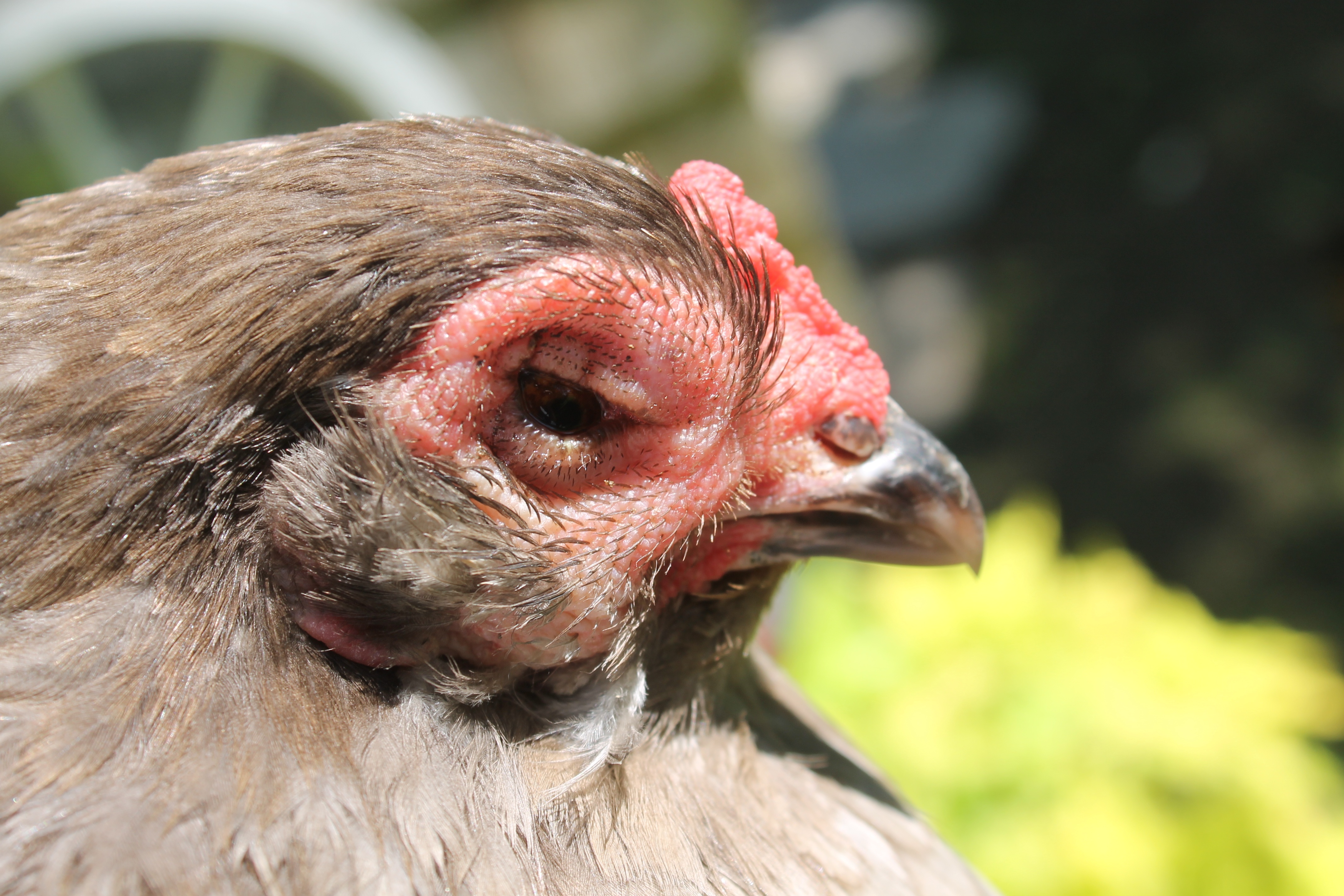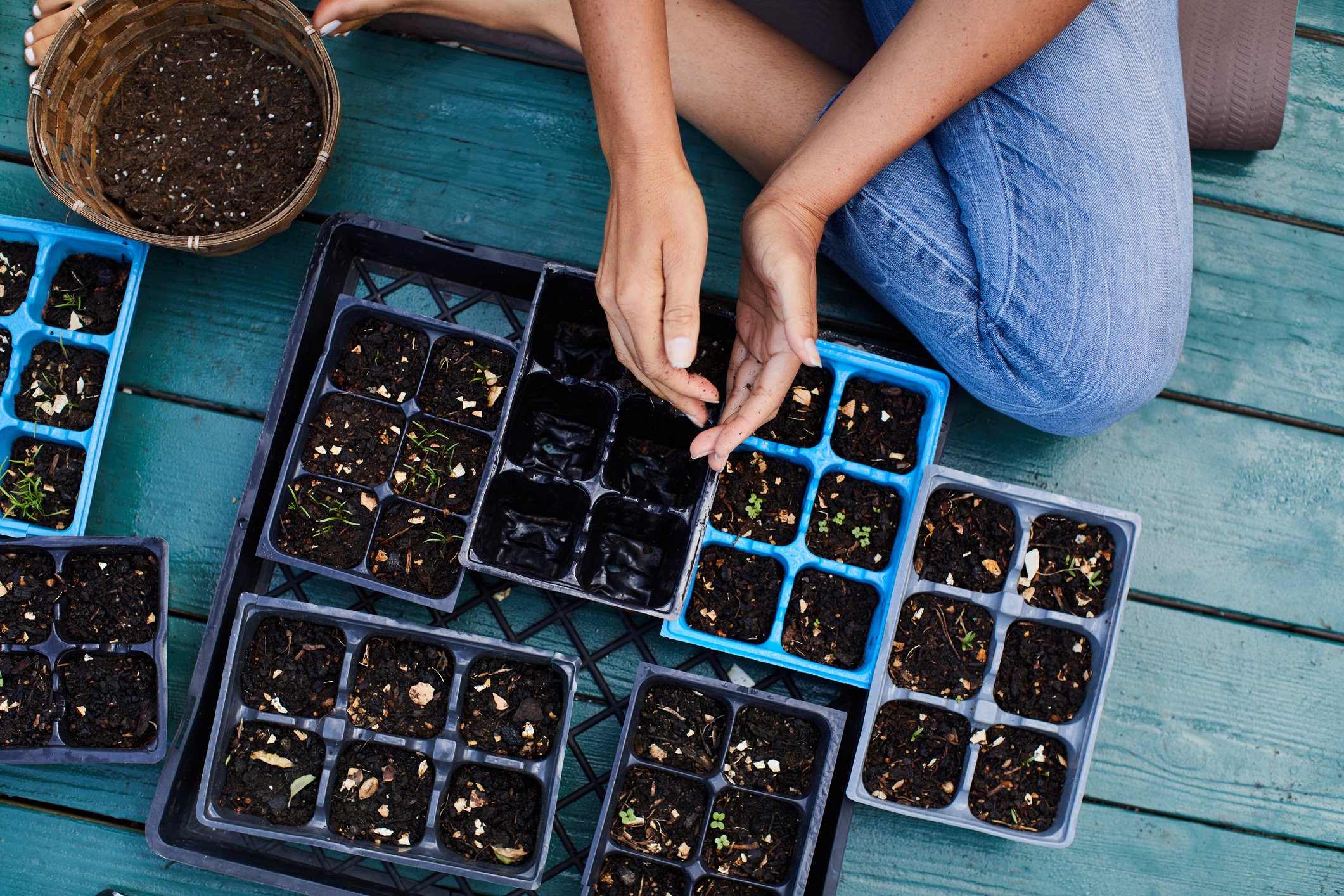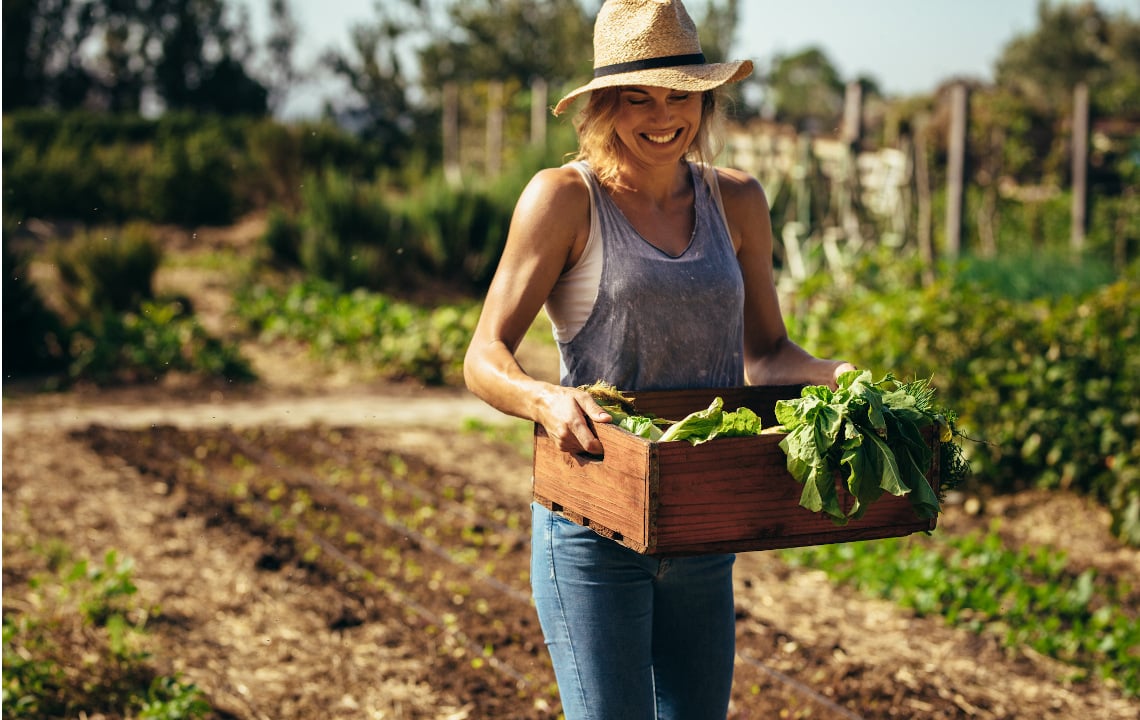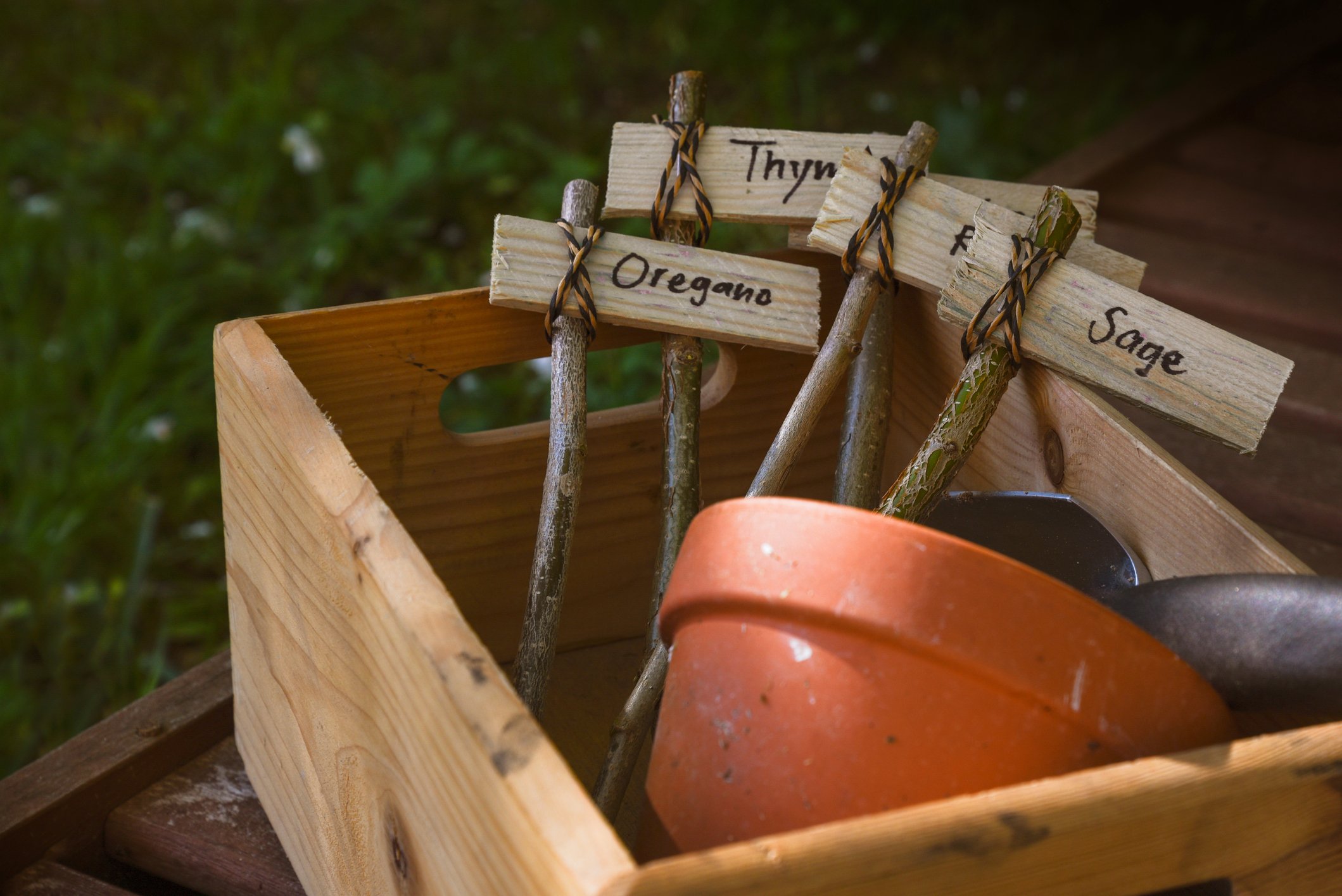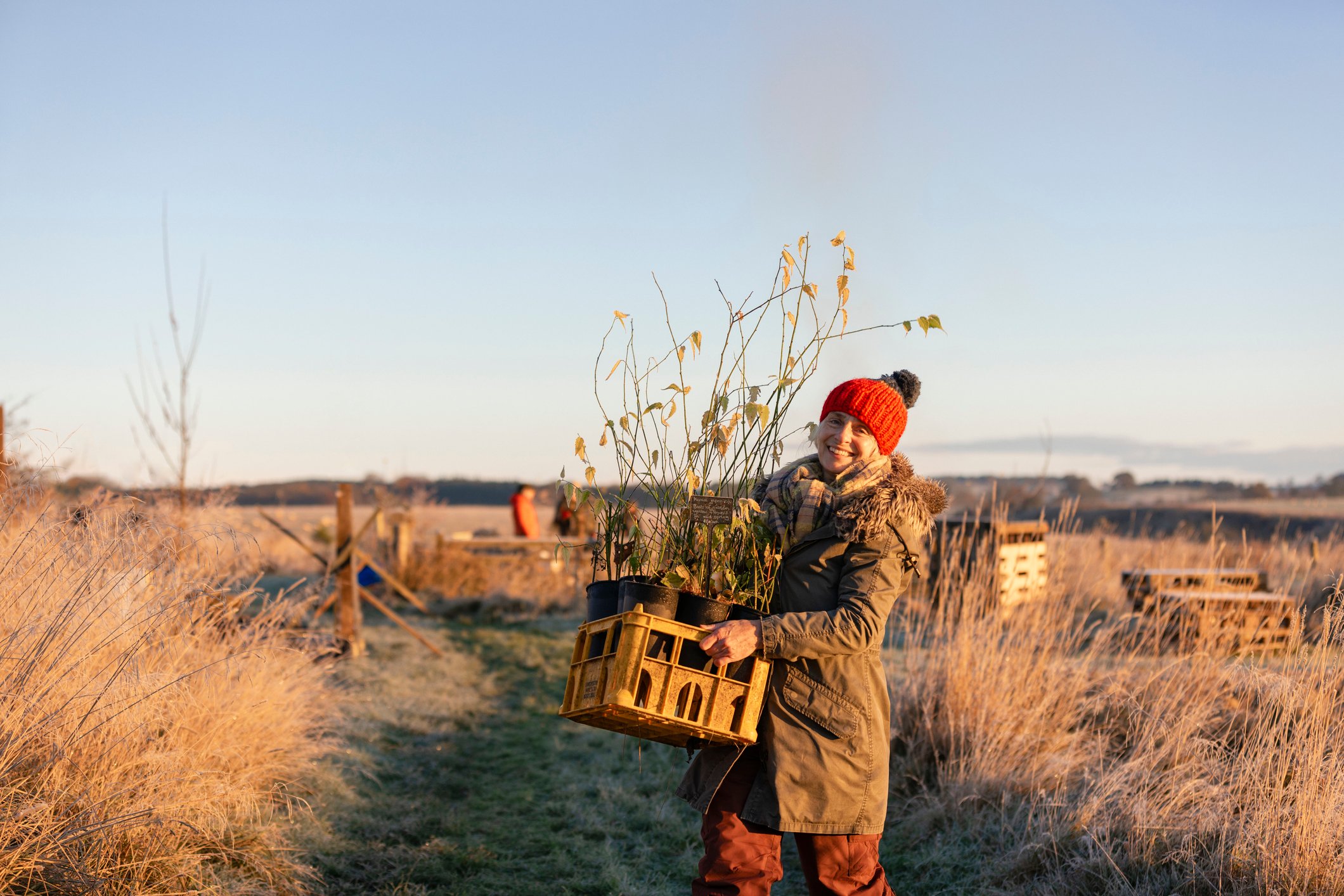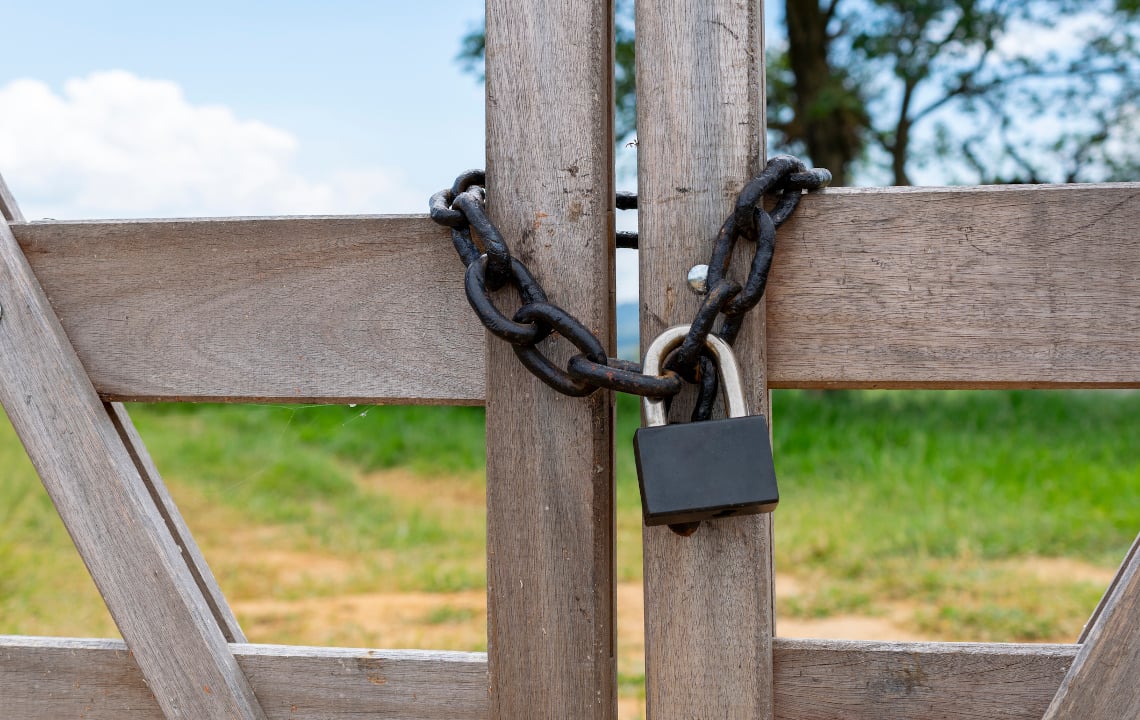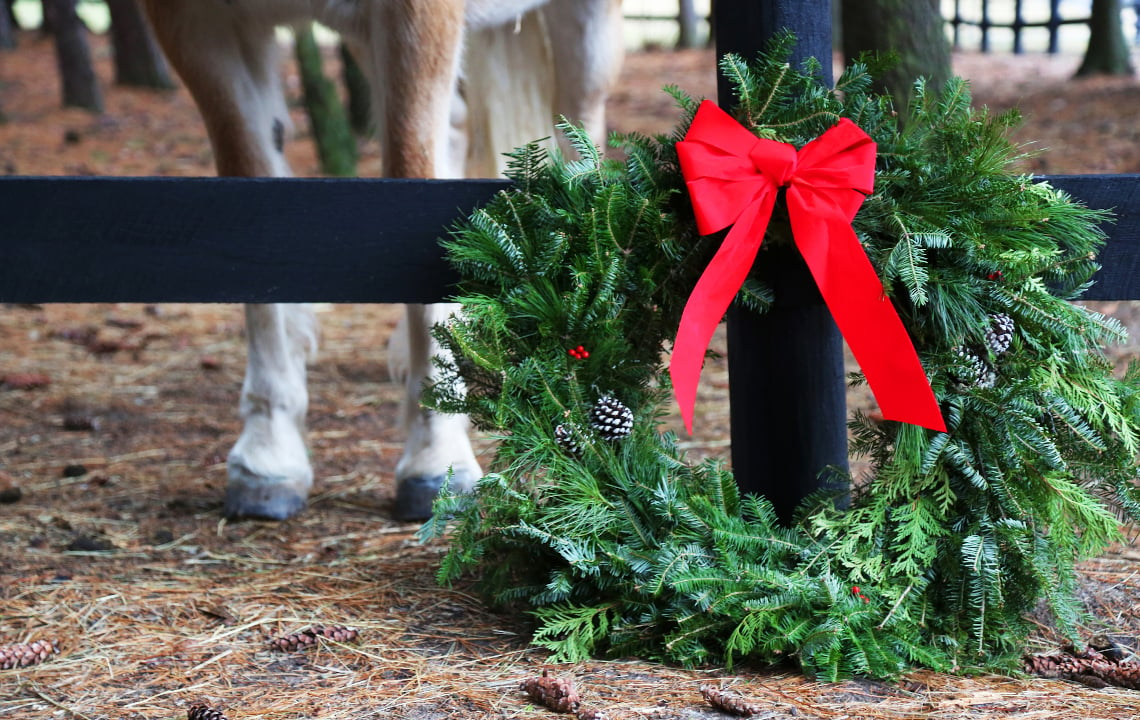When it comes to raising chickens, knowing the basics of chicken first aid and sick bays are essential skills to learn. The Chicken Chick®, Kathy Shea Mormino shares how to provide your birds with the best care.
If you are raising chickens on your rural land or in your backyard, it’s essential to have some first aid skills for your birds, including a first aid kit on hand for minor injuries, illness and emergencies.
But, where do you start? After all, historically chickens have been considered expendable livestock, so chicken first-aid kits aren’t exactly easy to come by.
In today’s blog article, we talk with The Chicken Chick®, Kathy Shea Mormino about how to build your own chicken first aid kit and skills for when emergencies strike.
Why Every Chicken Keeper Needs to Know Basic Chicken First Aid
Unlike keeping other types of animals, like dogs, horses or livestock, chicken keepers ordinarily find it is up to them to provide medical care for sick or injured birds.
“Vets don’t receive extensive poultry instruction in school, and if they get any, it’s minimal at best―even farm vets don’t see chickens,” says Kathy. “Chicken anatomy and physiology are different from other birds; even most avian veterinarians aren’t trained to treat chickens.”
“That said, it pays to call ahead to canvas local veterinarians to ask whether they will treat a sick or injured chicken. Don’t wait for an emergency to occur before making these calls, as time is not likely to be on your side during a crisis. Ask to speak to the managing veterinarian directly because their front office staff may not know whether a vet in the practice would be willing to see your bird.”
You can search for Avian Veterinarians by state by clicking here.
Even if you do find a local vet, it’s important to know the basics of first aid for your chickens and have supplies on-hand so you’re prepared to render help to your bird in an emergency.
Setting up a Chicken Sick-Bay
If a bird is sick or injured, the first thing you must do is separate her from the flock and get her set up in a safe location.
“Separating a sick or injured bird from the flock limits the potential spread of infectious disease, injury, cannibalism (chickens are cannibalistic by nature) and death,” explains Kathy.
A large rabbit hutch or dog kennel located in a garage, basement or spare bathroom can work well as an emergency medical facility until the bird is fully recovered and ready to rejoin the flock.
When they are completely recovered, take care reintroducing them to the flock as the other chickens may treat them like a stranger.
“For this I recommend my Playpen Method, where the bird is gradually reintroduced into the flock from a safe distance. By using a playpen type system, usually consisting of a wire pen, a physical barrier is maintained between the recovered bird and the rest of the flock. This method allows the birds to become reacquainted next to one another without any pecking order kerfuffles.
“After it’s clear that the birds are again comfortable with each other, they can be allowed physical contact while supervised. It can take a few days or a few weeks for the reintroduction to occur. Pay attention to the birds’ behavior towards each other, they’ll tell you when they’re comfortable with the move.”
How to Know If Your Chicken is Sick
While injured birds may be easy to spot, it’s important to know the signs of a sick chicken so you can take appropriate action.
According to Kathy, some common signs of illness in chickens can include:
- Decrease in egg production
- Loss of appetite
- Decreased water intake
- Weight-loss
- Abnormal droppings
- Insects on skin or feathers
- Labored breathing
- Facial swelling
- Discharge from the eyes, nostrils, or mouth
- Changes in behavior such as hiding or inactivity
- Hunched posture
- Wheezing or coughing
- Abdominal swelling
Investigating the Cause of Illness
Some chicken ailments are easier to figure out than others. Therefore, it’s essential to have a trusted chicken health reference on-hand for troubleshooting.
Kathy highly recommends Gail Damerow’s book: The Chicken Health Handbook, 2nd Edition for help trouble-shooting.
“One thing you do not want to do is begin making changes before having a handle on the malady. Do not medicate a bird if you’re not sure what’s wrong with her because it can make matters much worse. Don’t rush to offer any medicine - natural or otherwise - when the underlying problem is undetermined. And don’t change the bird's diet by offering anything she does not ordinarily eat because tinkering with the diet can cause digestive distress, adding another layer of potentially serious problems a sick bird doesn’t need.
Kathy cautions against rushing to judgment with a diagnosis. “Many chicken keepers faced with a sick hen mistakenly believe that because she hasn’t laid an egg recently, she must be egg-bound. Egg binding describes a situation where an egg is stuck in a hen’s reproductive tract, but it’s not common. Sick hens conserve resources by discontinuing egg-laying, rerouting those resources to fighting the illness.
“If you have a chicken that’s truly egg-bound, you’ll be able to feel the egg. That is a true medical emergency that, without proper medical intervention, a hen won’t survive beyond 48 hours.”
To learn more about caring for sick or injured birds, check out: “Treating Sick Chickens” and “How to Care For An Injured Chicken” on the Chicken Chick® blog.
The Chicken First Aid Kit
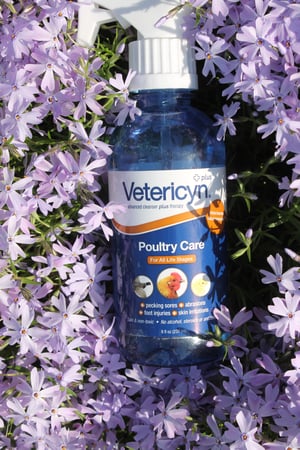 Once you’ve isolated the cause of the illness or injury, it’s time to begin treating your birds with your trusty chicken-friendly first aid kit.
Once you’ve isolated the cause of the illness or injury, it’s time to begin treating your birds with your trusty chicken-friendly first aid kit.
The following are Chicken-Chick-recommended essentials for your kit:
- Vetericyn Plus Poultry Care Spray―for cleaning and treating wounds
- Non-stick gauze―for bandaging and stopping bleeding
- Vetrap―self-adhesive bandaging for dressing wounds
- Vitamins and electrolytes―to prevent dehydration and shock
- Disposable gloves
- Scissors
- Tweezers
- Super glue―for mending uncomplicated cracks in a beak
- A flashlight
- Dog nail clippers or a Dremel―for trimming nails and beaks
- Epsom salts―for soaking before treating skin conditions like bumblefoot
- A baby bird formula―for birds that are not eating independently
- Prozyme―a digestive enzyme to help birds absorb nutrients from feed when not eating normally
Kathy recommends avoiding wound care sprays containing purple, red or blue stains or dyes.
“The primary ingredient in these livestock antiseptic products is alcohol, which burns like fire on a wound, not a kind or gentle treatment for our feathered pets. The dye in these products hinder our ability to monitor wound healing since the color hides the first sign of infection, which is redness.
“Most concerning is the reason most often cited for using antiseptic dyes on a chicken’s wound, which is to obscure it from view of other chickens, which is complete nonsense. Chickens have outstanding color-vision, colored dyes can actually attract unwanted attention from flock-mates to the wound, which may result in cannibalistic pecking, further injury, and possibly death.
“The first course of action with a sick or injured bird is always to move them to safety away from the flock, not to paint them like an Easter egg and let them fend for themselves within the flock.”
What to Do When a Bird is Suffering and Beyond Help
While no one wants to think about end of life decisions for their pet, Kathy encourages chicken keepers to have a plan for their pets,
“Sometimes the most compassionate thing we can do for a dying chicken beyond help is to end their suffering. Fortunately, even vets who do not treat poultry will usually agree to euthanize a dying bird, or your state veterinary diagnostic lab may offer euthanization prior to a necropsy to determine the cause of the underlying illness.”
However, as a responsible chicken keeper you need to be prepared to do this yourself should an urgent need arise such as a severe injury when a vet visit is not an option.
“The most humane method of euthanasia is cervical dislocation or breaking the neck, which causes instant unconsciousness and death,” Kathy says.
You can find detailed instructions on how to do this properly from a poultry veterinarian here.
To Recap: Be Prepared
No matter how well you care for your birds there will inevitably come a time when they get sick, injured or require assistance crossing the “rainbow bridge.”
Certain measures such as feeding your chickens a proper diet, maintaining a clean, dry environment and securing their coop from predators can prevent some problems, but not all.
The best defense against suffering and complications from disease and injury is to be prepared by:
- Locating a local veterinarian who will treat poultry
- Having a chicken sick bay and reintroduction plan ready
- Keeping a chicken health reference book handy, such as The Chicken Health Handbook 2nd Edition
- Having your chicken-friendly first aid kit stocked
- Having a euthanasia plan in place
For more information on treating a sick or injured bird, check out Kathy’s blog―which includes articles written by and in conjunction with poultry veterinarians―and her book, The Chicken Chick’s Guide to Backyard Chickens: Simple Steps for Healthy, Happy Hens.


